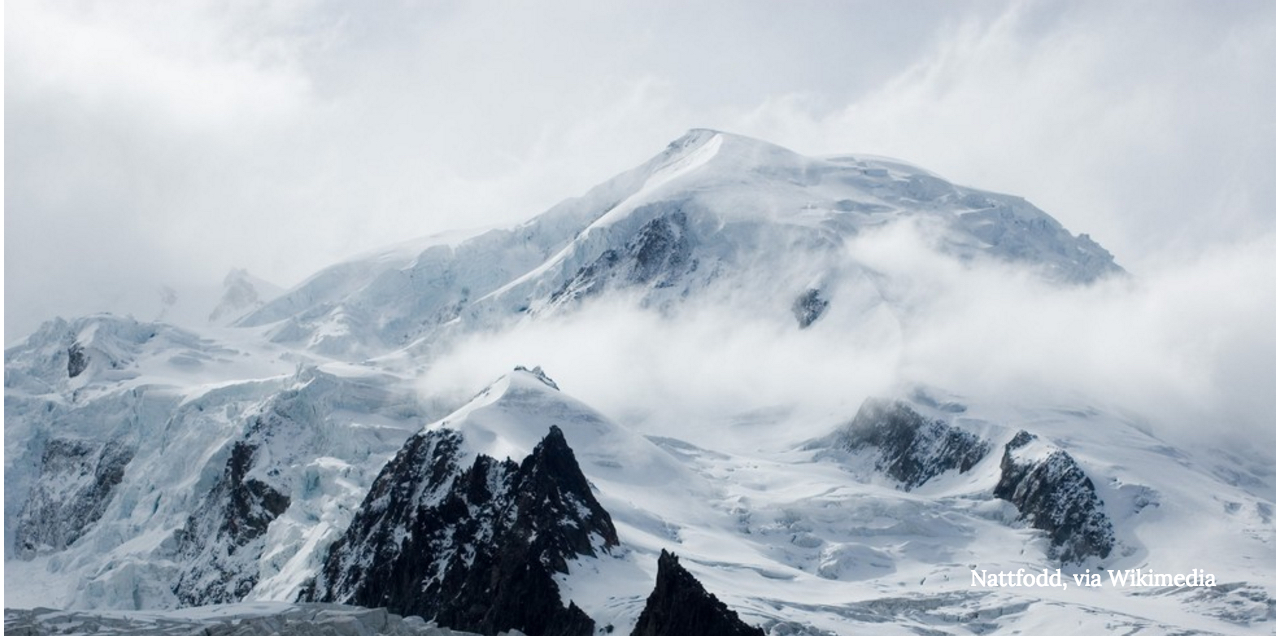Remote Antarctic Library Would 'Protect Ice Memory'

Glaciologists and engineers will soon be extracting cores from a glacier atop a French mountain in the first step of a project to preserve samples of glacial ice from around the world --and the information it contains -- for future generations.
On Aug. 15, a 10-person team from France, Italy, Russia and the United States will be traveling to the Col du Dôme, a 14,000 foot peak that is part of the Mont Blanc Massif in the French Alps on the border with Switzerland; from then until mid-September, they will drill three cores of approximately 430 feet in length.
The cores will be lowered into the valley by helicopter before being transported to the Laboratory of Glaciology and Environmental Geophysics (LGGE) in Grenoble. One will be analyzed to begin building a database available to the entire world scientific community. The other two will be transported by ship to Antarctica, where they will be transferred onto tracked vehicles and carried to the high plateaus of the frozen continent for storage at the Concordia station, which is run by jointly by the French and Italian Antarctic programs. The long-term plan is to have dozens of ice core archives stored in a snow cave at -65°F.
RELATED: Climate Change Is Actually Moving Mountains
The rationale behind the project is to preserve the environmental and climatic history that mountain glaciers contain, such as variations in temperature, atmospheric concentrations of greenhouse gases and emissions of natural aerosols or man-made pollutants. Studying glacial ice from numerous locations allows scientists to determine regional disparities in atmospheric pollution, and to characterize the nature and origin of that pollution.
However, rising temperatures as a result of climate change are causing glaciers to retreat in many parts of the world, and in the shorter term are prompting systematic percolation of meltwater through the upper layers of snow on the glacier surface. This latter phenomenon will irreversibly alter the chemical composition of the snow strata, potentially destroying the climatological and environmental records forever.
Hence, the idea of the Protecting Ice Memory project, which is inspired by the Global Seed Vault in Svalbard. Following the initial ice core extraction in the French Alps, scientists will in 2017 head to the Illimani Glacier in the Bolivian Andes to take samples from there.
Get the world’s most fascinating discoveries delivered straight to your inbox.
RELATED: Largest Glacier Side Ever Caught on Camera
"Fifty years ago in Antarctica," said Claude Lorius, French glaciologist and pioneer of the science of ice cores, "when I discovered that by analyzing the ice we could reconstruct the Earth's past climate and atmospheric composition from the air bubbles held within it, I could never have imagined the rapid and inevitable disappearance of glaciers that is unfolding before our very eyes. My thanks go to the Grenoble team for taking responsibility for creating this ice core sanctuary for future generations before it is too late."
Originally published on Discovery News.


